Donner Pass Summit Tunnels
The now-abandoned tunnels were built for the transcontinental railroad on the route where the first wagon train entered California.
Theodore Judah was a man with a dream, and his was to build a railroad through the Central Pacific, routed via the Sierra Nevada mountains. In the mid-19th century, the civil engineer surveyed a large stretch of the route to be used and found funds to make the transcontinental railroad a reality.
A series of now-abandoned tunnels were completed in August 1867, and the first train passed through it in 1868. Unfortunately, Judah did not live to see this happen; he died in 1863 during an eastbound voyage in connection with his dream project.
The tunnels at Donner Pass were constructed by Chinese laborers and took more than 15 months of hard work to finish. A dozen tunnels were some of the most treacherous parts of the transcontinental railroad, linking the rail networks of Omaha, Nebraska, to the West Coast at Oakland. They were constructed through the use of hand drilling, black powder, and nitroglycerin (leading to an untold number of worker deaths). Extensive snowsheds were built between the tunnels. These snowsheds can still be seen from the nearby interstate.
In 1925, the railroad built a second route over Donner Pass nearby, a 10,325ft tunnel (“Tunnel 41” aka “the Big Hole”) going directly through and under Mt Judah, named for the railroad pioneer. This long tunnel relieved congestion on the line and both routes over Donner Pass were used side by side until 1993 when Union Pacific elected to cut costs by abandoning the original route built by the Chinese in favor of Tunnel 41. The Donner Pass and the tunnels are named after the Donner Party, a group of explorers en route to California who became stranded in the Sierra Nevada region due to heavy snow and resorted to cannibalism to survive.
The tunnel and snowsheds now sit abandoned and, despite being on private property, are a popular place for curious hikers and snowshoers. Tunnel #6, which took tens of thousands of hours to complete, is the most famous of the tunnels. Tunnels #7 and #8, along with the “Chinese Wall”, which was built to hold up the trains as they transitioned between two tunnels, are the other parts of the system that are commonly visited. A walk through the dark tunnels, with light pouring in only at points where the wall has openings, can be an eerie experience. Ancient petroglyphs can also be found nearby and are marked with a plaque.
Know Before You Go
This is a popular place to explore but Union Pacific Railroad still owns the property. If you do explore, please be respectful of the tunnels and their history. Snow sheds and tunnels start near the Donner Ski Ranch. The longer tunnels start at the China Wall, just east of the Donner Summit Bridge.
A full round trip hike of the tunnels is five miles. Bring a flashlight because tunnel 6 in particular is fairly dark. Also, wear sensible shoes because the ground can be wet and rocky.


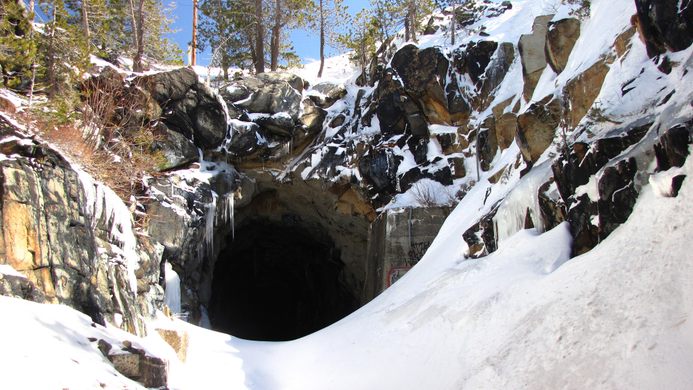





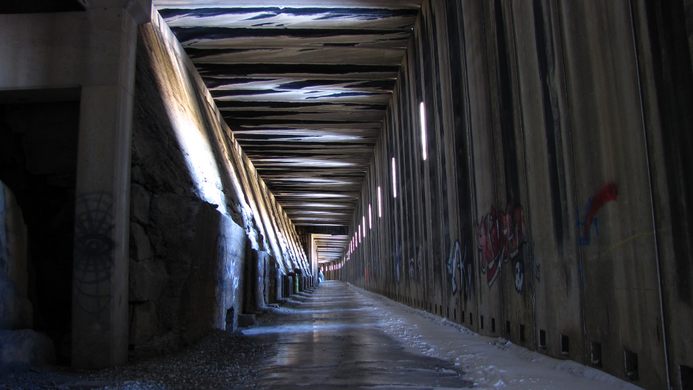
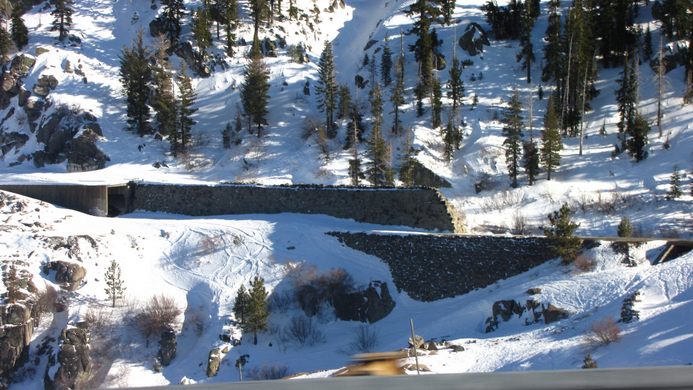






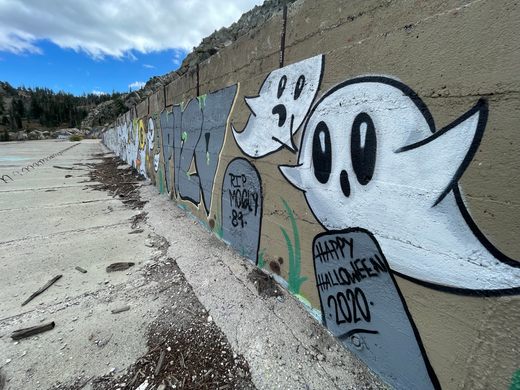
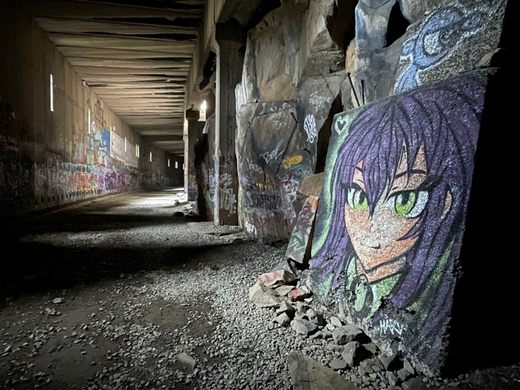
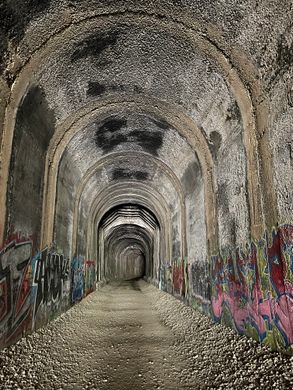

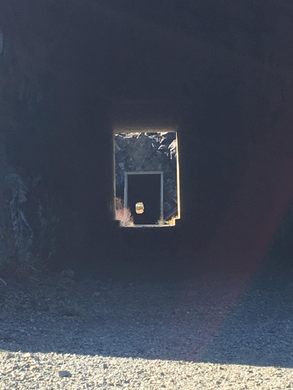




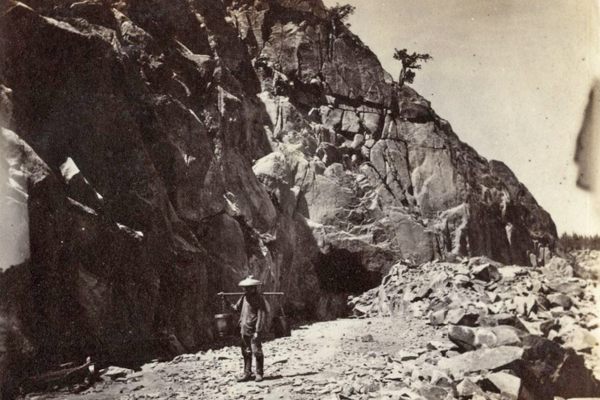
























Follow us on Twitter to get the latest on the world's hidden wonders.
Like us on Facebook to get the latest on the world's hidden wonders.
Follow us on Twitter Like us on Facebook